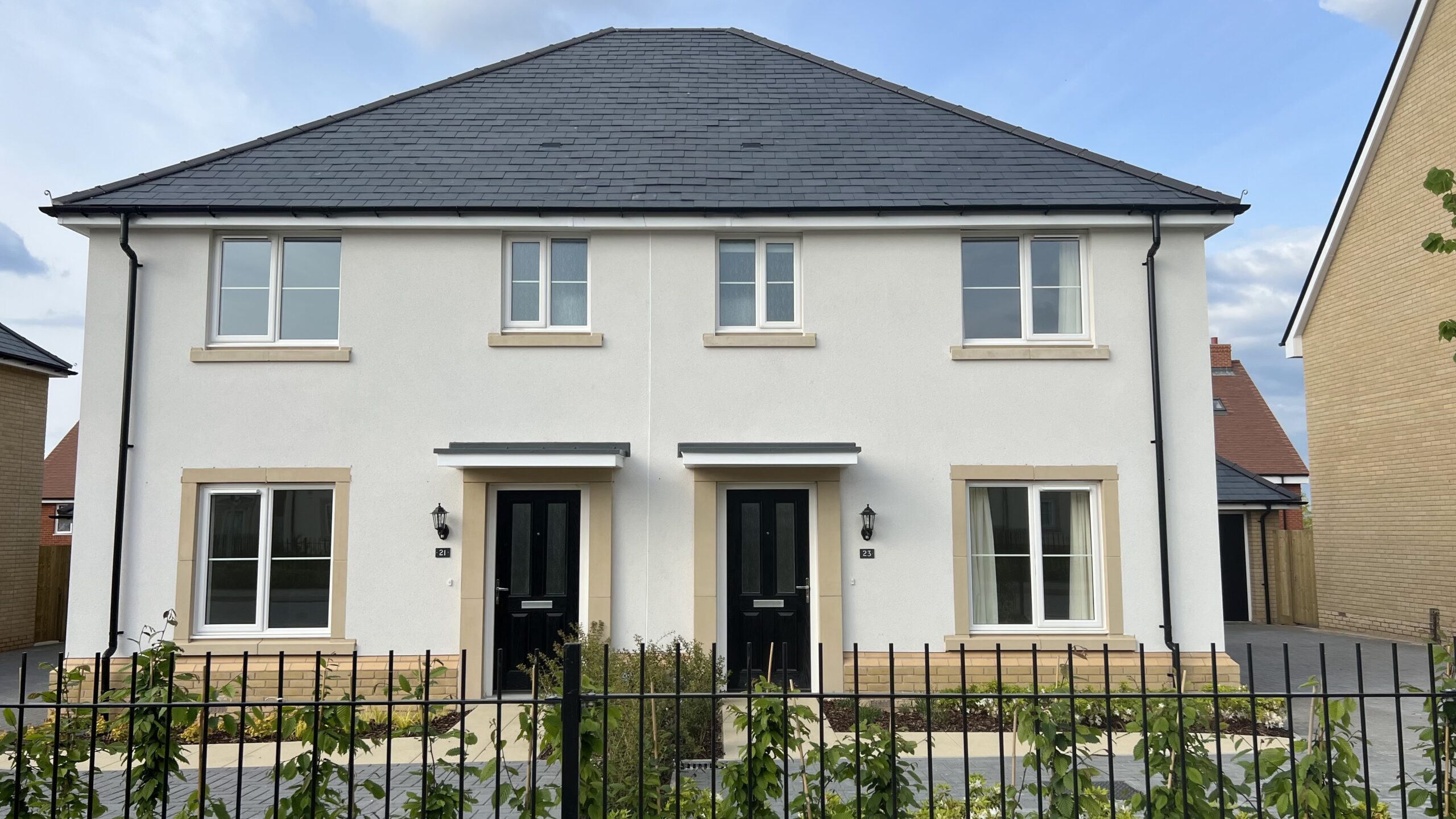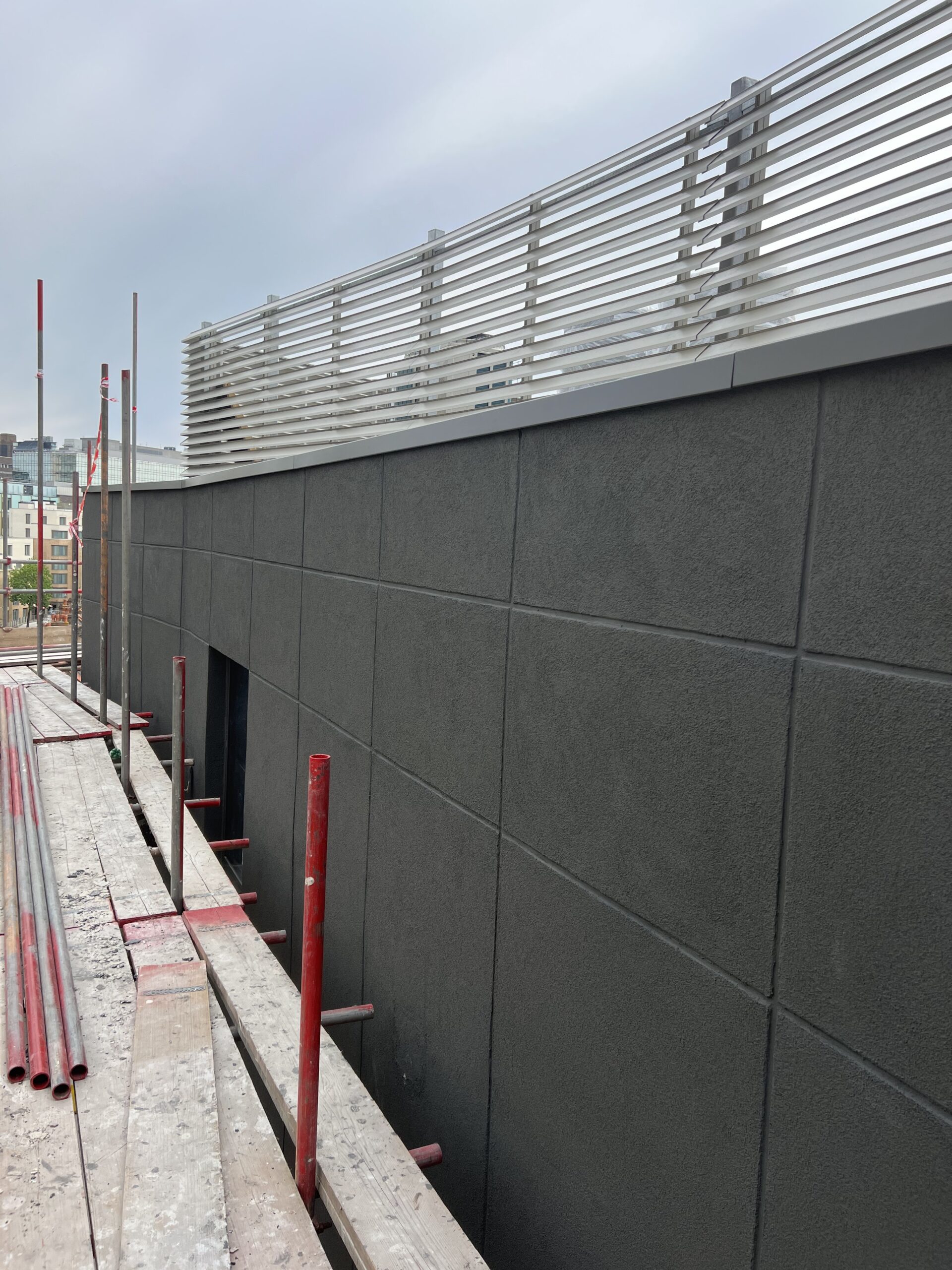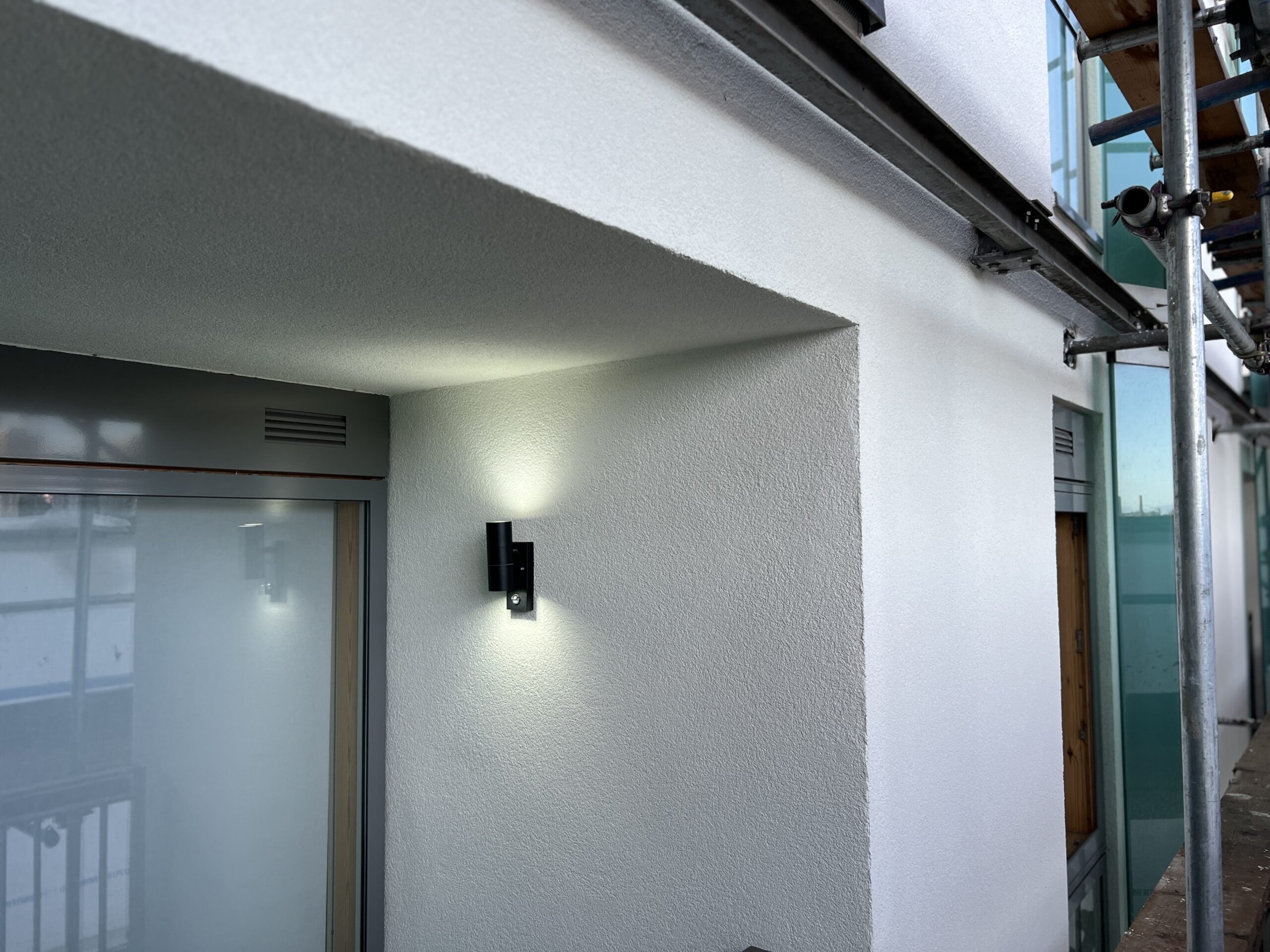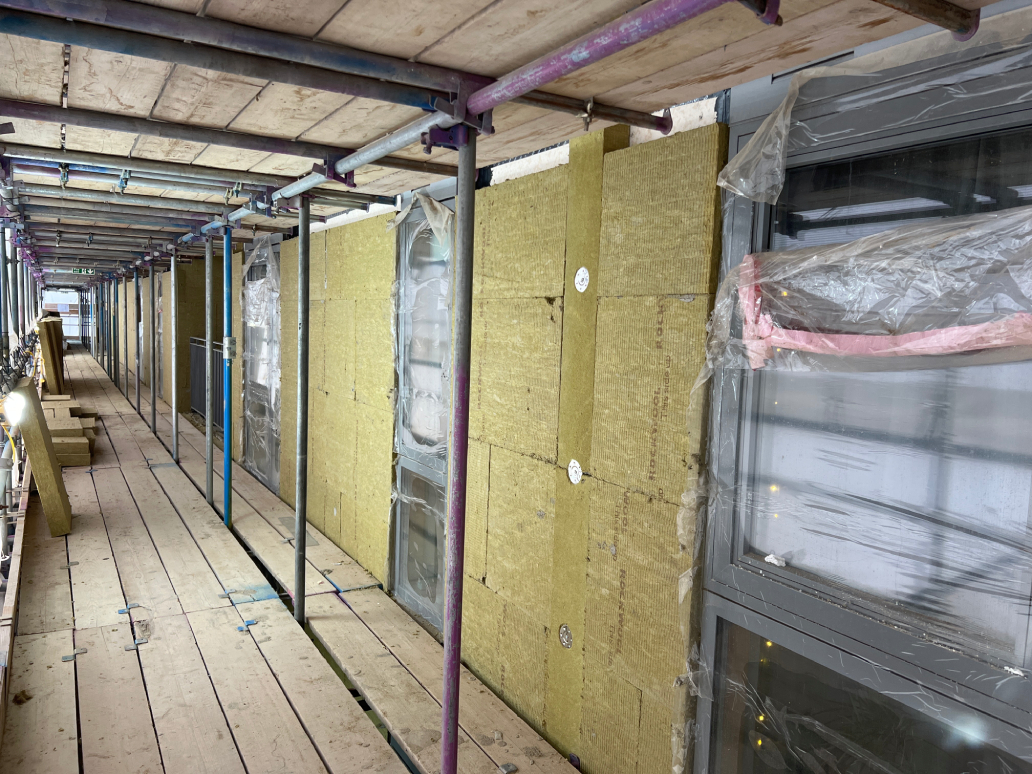Machine Spray vs Traditional Render: Which Reigns Supreme?
In the ever-evolving world of construction and home improvement, choosing the right rendering technique can make a significant difference in the appearance, durability, and efficiency of your project. Today, we’ll explore the battle between machine spray render and traditional render, helping you make an informed decision for your next project. Let’s dive into the details and discover which method comes out on top!
1. Machine Spray Render: The Modern Marvel
Machine spray render, particularly Monocouche spray render, has revolutionized the rendering industry with its innovative approach. Let’s take a closer look at what makes this method stand out:


Key Features:
- One coat application
- Through coloured
- Weather resistant
- Allows building to ‘breathe’
- Cost-effective solution
- Virtually maintenance-free
- Usually guaranteed for ten years by manufacturers
Monocouche spray render is a game-changer in the rendering world. Its one-coat application process significantly reduces labor time and costs. The through-coloured nature of the render means that the color is consistent throughout, eliminating the need for painting and reducing long-term maintenance requirements.
For more information on Monocouche Spray Render, visit Namis Facades’ Monocouche Spray Render service page.
2. Traditional Render: The Time-Tested Technique
Traditional render has been the go-to method for centuries, and for good reason. It offers a classic finish and has stood the test of time. Here’s what you need to know about this tried-and-true technique:
Advantages:
- Versatility in application
- Familiarity among contractors
- Wide range of finishes available
- Can be applied to various surfaces
While traditional render may require more labor and time to apply, it remains a popular choice for many projects due to its versatility and the wide range of textures and finishes it can achieve.
3. Silicone Thin Coat Render: The Best of Both Worlds?
Sitting between machine spray and traditional render, silicone thin coat render offers a unique blend of modern technology and traditional aesthetics:


Key Features:
- Exceptional water resistance
- Flexible and durable
- Available in over 1000 colors
- Suitable for direct application on various substrates
- Uses anti-crack base coat technology
- Self-cleaning abilities
- Suitable for timber frame buildings and SFS structures
Silicone thin coat render offers the benefits of modern technology with a more traditional application process. It’s particularly suited for projects requiring superior water resistance and flexibility.
Learn more about Silicone Thin Coat Render on Namis Facades’ Silicone Thin Coat Render page.
4. Comparison: Machine Spray vs Traditional Render
| Category | Machine Spray | Traditional Render |
|---|---|---|
| Application Speed | 2-5 times faster | Slower application process |
| Durability | Excellent (up to 20 years) | Good (up to 10 years) |
| Color Options | Limited (standard colors) | Extensive (custom colors) |
| Maintenance | Low (easy cleaning) | Higher (more frequent cleaning) |
| Cost | Initially higher (but long-term cost-effective) | Lower upfront (but higher long-term costs) |
| Skill Required | Specialized training required | General skills required |
5. Making the Right Choice for Your Project
When deciding between machine spray and traditional render, consider the following factors:
- Project timeline
- Budget constraints
- Desired aesthetic finish
- Long-term maintenance requirements
- Building type and substrate condition
For large-scale projects or those with tight deadlines, machine spray render like Monocouche might be the ideal choice. For smaller projects or those requiring unique finishes, traditional render could be more suitable.
6. Enhancing Your Render with External Wall Insulation
Regardless of the rendering method you choose, considering external wall insulation can significantly improve your building’s energy efficiency and overall performance:


External Wall Insulation (EWI) offers several benefits:
- Improves energy efficiency
- Reduces heating costs
- Enhances the building’s aesthetic appeal
- Provides additional protection to the building structure
Learn more about External Wall Insulation options at Namis Facades’ EWI service page.
Conclusion: The Verdict on Machine Spray vs Traditional Render
Both machine spray and traditional render have their place in modern construction and renovation. Machine spray render, such as Monocouche, offers speed, efficiency, and low maintenance, making it ideal for larger projects or those with tight deadlines. Traditional render provides versatility and a wide range of finishes, perfect for projects requiring a specific look or dealing with unique surfaces.
Ultimately, the best choice depends on your specific project requirements, budget, and long-term goals. For expert advice tailored to your needs, don’t hesitate to contact Namis Facades. Our team of professionals can guide you through the selection process and ensure you get the best rendering solution for your project.
Remember, whether you choose machine spray or traditional render, combining it with external wall insulation can significantly enhance your building’s performance and aesthetics. Explore our full range of services to find the perfect combination for your next project!
